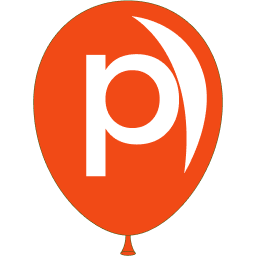What is Lead Scoring Logic? How It Prioritizes Leads
Lead Scoring Logic is a marketing technology framework that assigns numerical values to leads based on their behavior, demographics, or engagement—think 10 points for a demo request, 5 for a page view—to prioritize who’s hot and who’s not. It’s like a triage system, helping teams focus on high-potential prospects rather than chasing every name in the pile. By quantifying interest and fit, it streamlines sales efforts, boosts close rates, and ensures marketing and sales align on what makes a lead worth pursuing.
What is Lead Scoring Logic?
This is a rule set: a lead from your target industry gets 20 points, opening an email adds 5, ignoring it subtracts 2. It pulls from data—CRM, analytics, website activity—and weights factors like job title or time spent. Tools like Poper can feed this with pop-up interactions—say, a form fill scores high. It’s customizable, predictive, and keeps evolving as you refine what signals readiness, making lead management less guesswork and more science.
Why It’s a Game-Changer
Only 10-15% of leads convert without focus—Lead Scoring Logic cuts the noise. It can lift sales efficiency 20-30% by spotlighting ready buyers, saving time on tire-kickers. In martech, it’s a force multiplier: a small team can handle big volumes when scores flag the top 5%. It aligns goals—marketing passes quality, sales closes faster—turning a messy funnel into a lean, mean revenue machine.
How to Build It
Start with your ideal customer—job role, company size—then map behaviors: downloads, visits, clicks. Assign scores—high for intent (contact form, 50), low for casual (blog view, 5)—via a CRM or platform. Test with past data: did high scorers convert? Adjust weights—maybe email opens matter less than demos. Monitor live leads, tweaking as patterns shift (e.g., mobile users score differently). Keep it simple early; over-scoring muddies the water.
Practical Examples
SaaS: a lead watching a pricing video (30 points) plus a trial signup (50) hits 80—sales calls, conversions jump 25%. Retail: cart add (20) and email click (10) flags a warm lead, upping sales 15%. B2B: C-suite title (40) and whitepaper grab (20) prioritizes a pitch, closing 20% faster. It fits all—tech, e-commerce, services—because it’s about intent, not industry. Lead Scoring Logic turns leads into wins.
Strengths and Weaknesses
It’s precise, scalable, and drives ROI by focusing effort. But it needs data—sparse inputs skew—and rigid rules miss edge cases. Best practices: start broad, refine with results, and sync with sales (agree on thresholds). When tuned, Lead Scoring Logic is your funnel’s sharpest tool.
Read More
Lead Engagement Optimization
Enhancing interactions with leads through tailored content or prompts to improve conversion rates.
Lead Generation Triggers
Automated conditions, like clicks or time, that prompt actions to capture leads from website visitors.
Lead Segmentation Rules
Predefined criteria for grouping leads into categories based on attributes or actions for targeted outreach.
Lead Segmentation Triggers
Automated cues that sort leads into segments based on real-time actions or characteristics.
Targeted Lead Capture
Collecting contact info from specific users using tailored forms or prompts to improve lead quality.
Lead Funnel Conversion Optimization
Lead Funnel Analytics is the tracking and analysis of a lead’s journey through stages, like awareness to conversion, to optimize the lead generation process.
